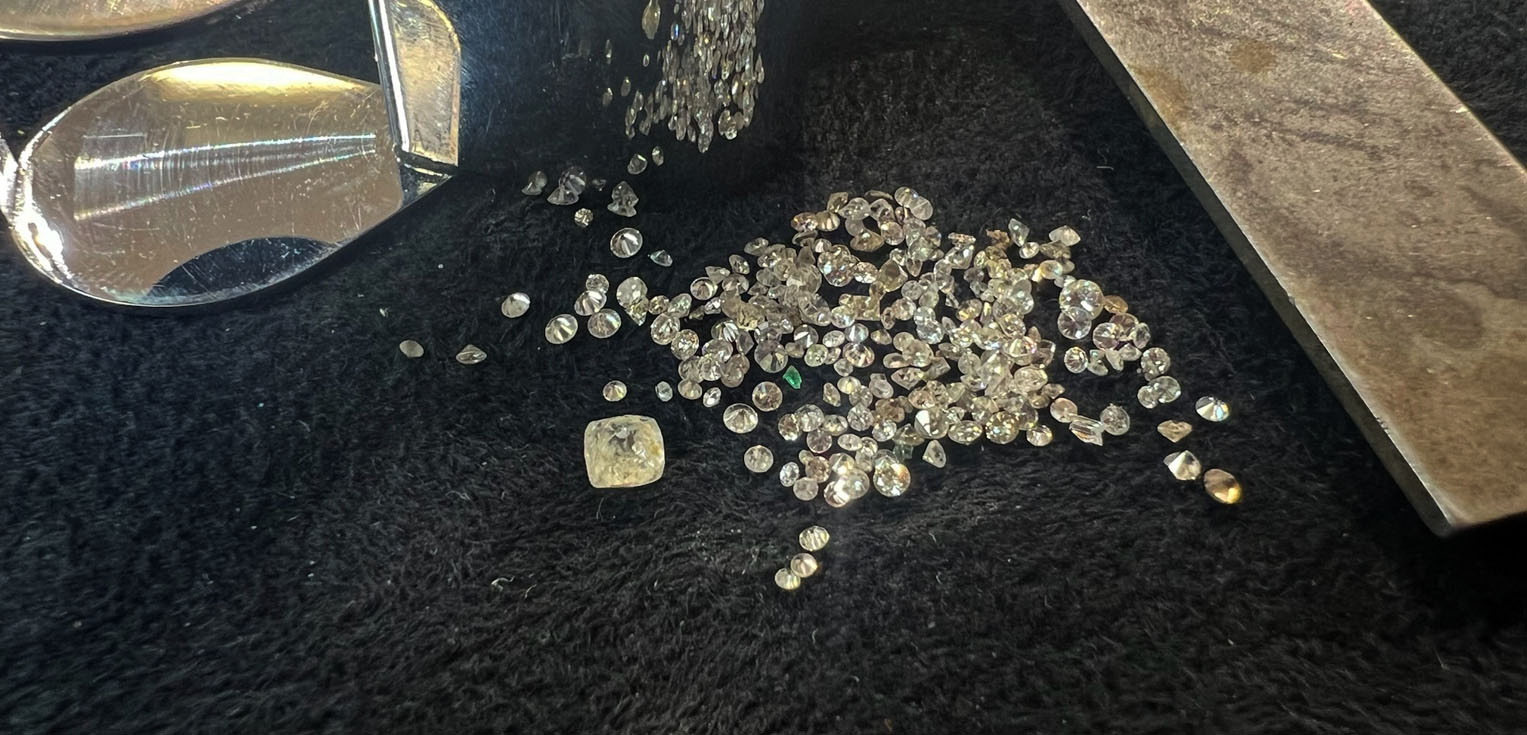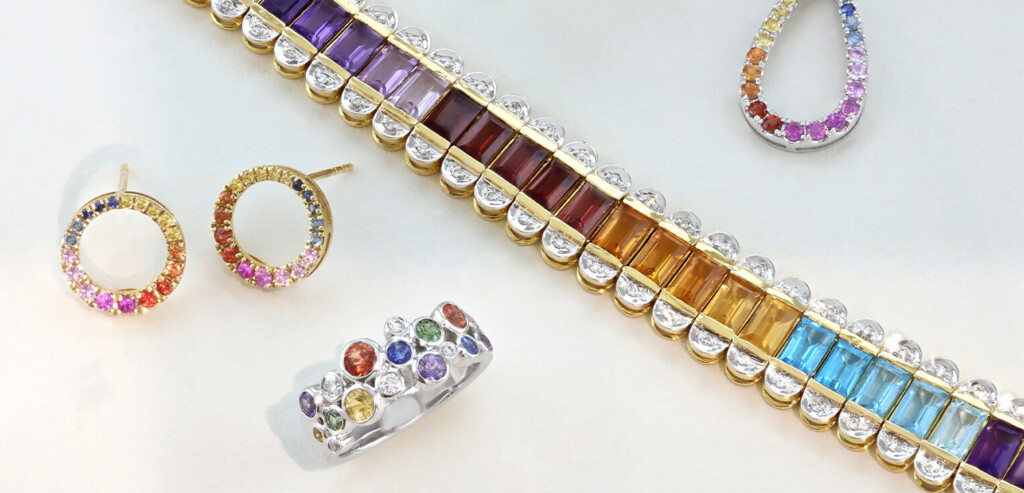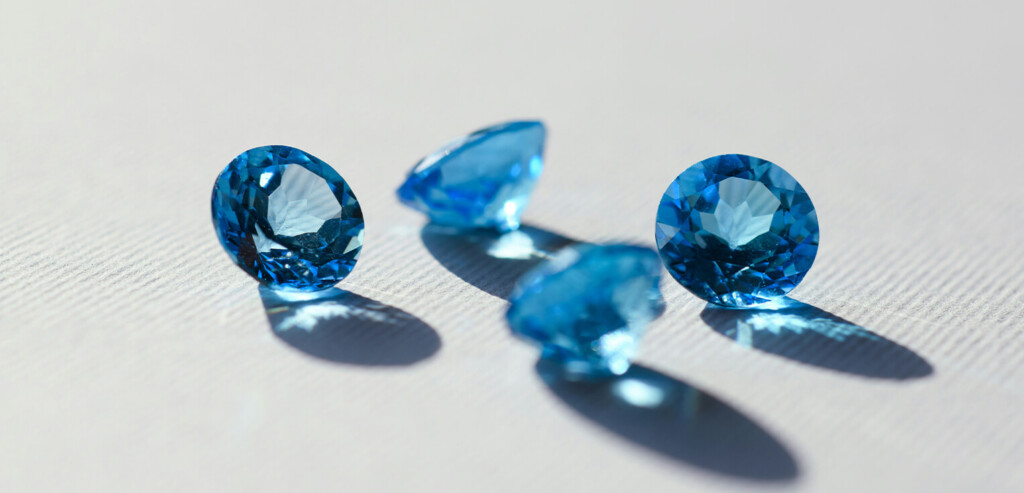Gemstones have been valuable to humans for centuries. Loved for their beauty, durability, and rarity, gemstones are widely treasured and sought after.
Of course, the passing of time and technological advancements have helped to shape and improve the gemstone mining process from simple techniques such as panning for gold to the detailed mining techniques used for gemstone extraction today.
In this article, we will be discussing the history of gemstone mining so that you can understand a little more about this process and what it takes to extract these beautiful stones from the earth.
Mining in Prehistoric Times
During prehistoric times, historians discovered that people dug 330 feet deep into soft rock deposits to mine materials such as flint to be used in the making of scrapers, knives, and arrowheads.
The oldest known mine in the world dates back to around 4100 BC in Swaziland. It contained ochre which was frequently used as body paint for the dead during burial ceremonies.
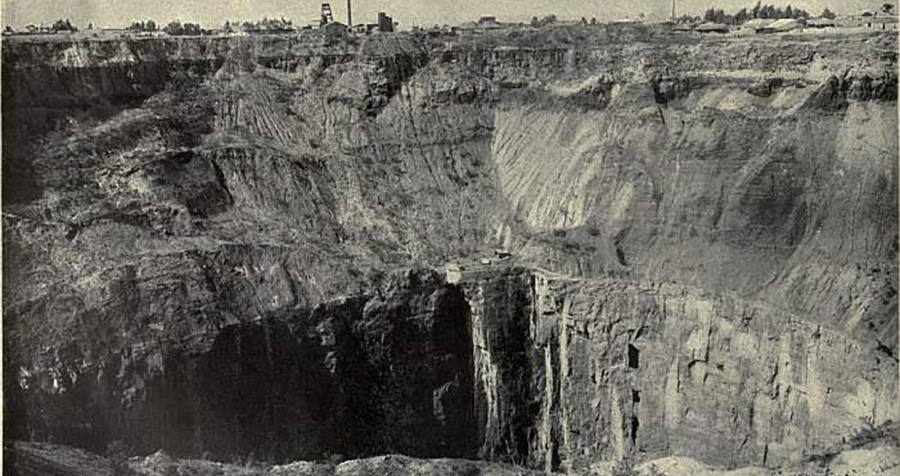
Gemstone Mining in Ancient Times
In Ancient Times, gemstones were most commonly found along riverbeds and mined from the surface using simple tools such as shovels, picks, and baskets.
Ancient Egyptian history gives us a good insight into the gemstone mining process as historians have an abundance of information on the subject of mining expeditions during this time.
Mining was carried out typically in response to the pharaohs orders. When the pharaoh wanted a particular gemstone, he appointed what was known as a High Official to gather a team. This team would include hundreds (sometimes thousands) of strong men who were up to the task of heavy manual labour.
The team would trek into the desert where the gemstones were found. Once they found a good spot for mining, the groups would be supplied with deliveries of food and water so they could live out in the desert for extended periods of time. The expeditions would typically last a couple of months.
Egyptian miners dug gigantic holes in the ground, following a vein of ore that was visible from the surface. They would then break apart the rock using granite hammerstones. This would free gemstones like amethyst which would be transported back to the pharaoh’s craftsmen to be refined into items of jewellery.
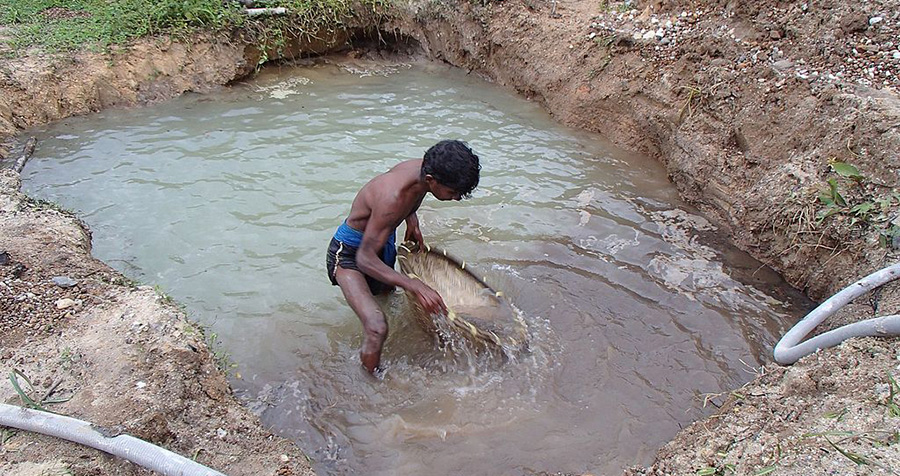
Gemstone Mining During the Middle Ages
The economic stagnation that came after the Roman Empire had a significant impact on any technological progress. This meant the output of metal and precious gems was at a steady decline.
To mine gemstones, miners adopted methods for extraction such as digging in formerly abandoned mines. Soft rock and ore was mined by hand with picks, whereas harder rocks were mined with hammers or wedges.
Heat was also used in mining during the Middle Ages. Logs were piled against the rock face and set on fire. The extensive heat created would cause the rocks to crack, allowing access for miners to begin digging.
Mining in the 1800s
Mining methods remained relatively the same until the 1800s when mechanical drills were introduced into the process. These drills were powered by compressed air. The holes they drilled were loaded with dynamite which, when exploded, provided a wealth of mining opportunities.
During this time, other types of mining equipment were invented such as drills and stream-powered pumps. This drastically increased production and sped up mining processes. As coal, copper, and other metals increased in demand the world began moving into the Industrial Revolution.
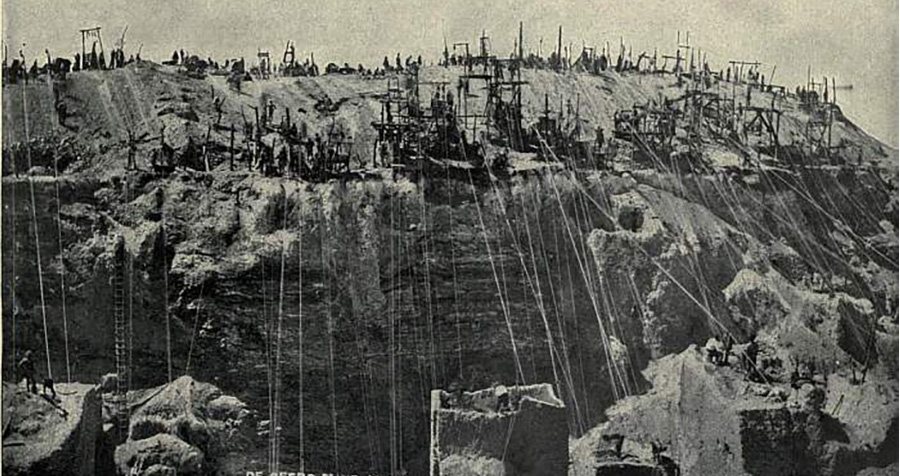
Mining During the Industrial Revolution
During the 19th century, coal mining was the primary form of mining and coal mines were at their peak. Coal was mined to power steam trains, ships, locomotive engines, and was also used to generate heat and light in the form of coal gas and later electricity.
According to the BBC, “Britain had large reserves of good quality coal and it was mined in great quantities in the coalfields of Central Scotland, South Wales, and the Midlands and north east of England. In 1881 alone, nearly 54,000 coal miners cut 20 million tonnes of coal from Scottish pits.”
Of course, coal was mined underground. Workers often mined in unsafe conditions and were typically paid for the amount of coal they could dig out of the mine, rather than the number of hours they worked.
Many gemstones were also mined underground during this time, with drills performing a lot of the heavy lifting so that miners could use pickaxes and finer tools to help extract the gems from the rock itself.
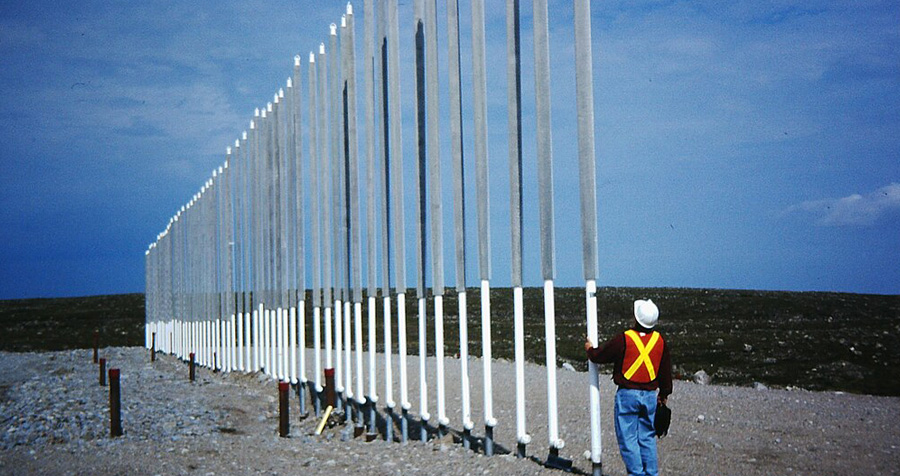
Gemstone Mining Today
Today, mining is predominantly achieved using three different methods:
1. Underground Mining: this is where tunnels, block caving, and chambers are dug into the rock in order to extract gemstones using a pickaxe.
Open Cast Mining: this involves collecting gemstones from the earth’s surface by digging downwards. Open cast mining creates large, wide pits that are dug at an angle to avoid rock falls and falling debris. Once the mines have been exhausted, they are often converted into wetlands, housing communities, or parks to stabilise the land and re-use it responsibly.
Sea Mining: many gemstones are still found on beaches and coastlines around the world. Sea mining involves sending divers into the ocean to retrieve pearls and gemstones. The process takes place on the ocean floor and gemstones are often extracted using a hydraulic suction system.
River Digging: many gemstones and precious metals can still be found using a process known as river digging. This is where methods such as panning (wet digging) are used to sift out precious gemstones from the riverbanks and dry digging where miners block off the flow of water at both ends of the river to create a dry area that can be mined.
Final Words
As you can see, the history of gemstone mining is very interesting. It starts with simple processes and tools and evolves into the use of advanced machinery and techniques. Mining today is far more precise, organised, and safe than it ever used to be.
Today, if you are looking to purchase quality gemstone jewellery it’s important to ask about the mining process of the gem itself. There are now many sustainable and eco-friendly mines round the world prioritising the wellbeing of their workers, championing good working conditions and respectable pay and extracting gemstones from the earth that you feel proud wearing.
Image sources:
Peter van der Sluijs, CC BY-SA 3.0, via Wikimedia Commons
Indy beetle, via Wikimedia Commons
Encyclopædia Britannica, Volume 8, Slice 4, via Wikimedia Commons
Matti&Keti; Lorenz.King at JLU Giessen.de, CC BY-SA 4.0 via Wikimedia Commons

